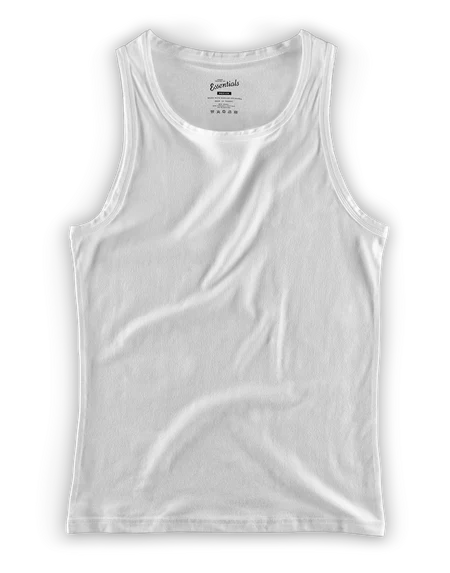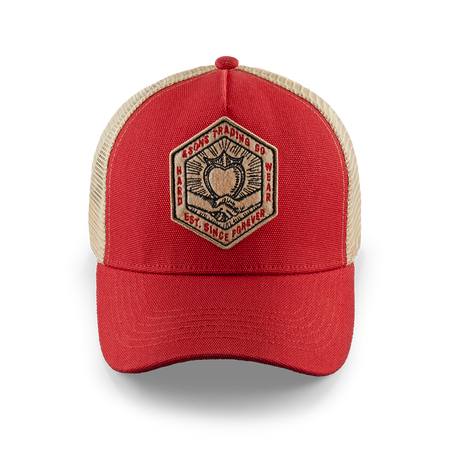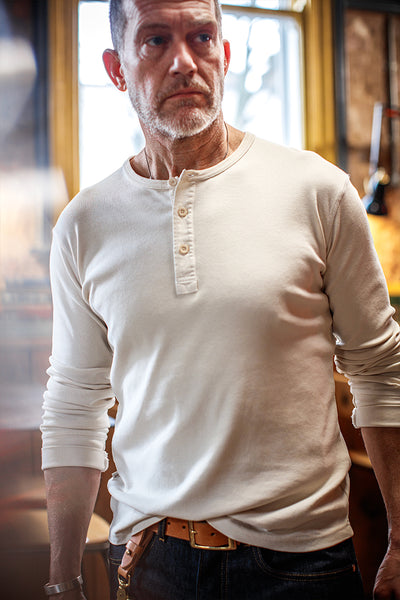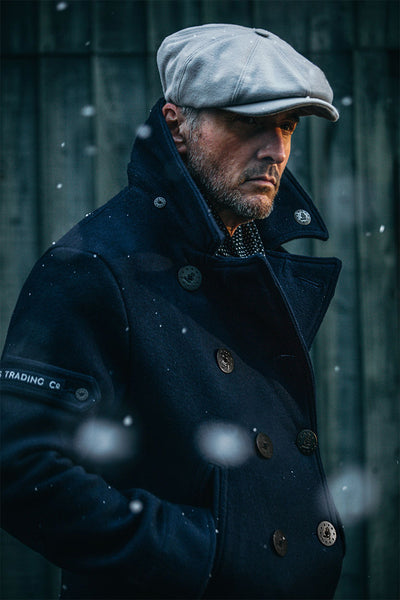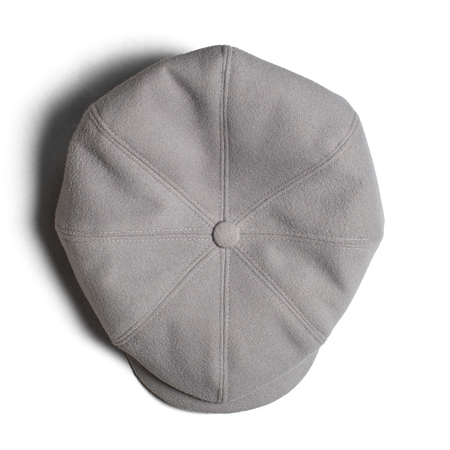The origins of the Raglan sleeve can be traced back to Lord Raglan, a prominent British military officer and commander during the Crimean War in the mid-19th century. Lord Raglan, known for his strategic brilliance and influential style, is credited with popularizing the distinctive sleeve design that now bears his name.
During the war, Lord Raglan wore a coat with a unique sleeve construction that featured a diagonal seam extending from the underarm to the collarbone. This innovative design allowed for increased mobility and ease of movement, providing a practical advantage on the battlefield. Lord Raglan's strategic vision extended to the realm of fashion, inadvertently creating a timeless sleeve style that would transcend its military origins.
The adoption of the Raglan sleeve by baseball leagues can be attributed to its functional benefits. In the late 19th century, baseball was rapidly gaining popularity as America's favourite pastime. As the sport evolved and players sought greater freedom of movement, the traditional set-in sleeves of baseball uniforms posed limitations.
Recognising the advantages of Lord Raglan's sleeve design, baseball teams began incorporating the Raglan sleeve into their uniforms. The diagonal seam of the Raglan sleeve allowed for a greater range of motion, enabling players to swing their arms freely and throw with increased efficiency. The sleeve's flexibility became synonymous with the dynamic athleticism of the game, and it quickly became a defining feature of baseball uniforms.
With its roots in Lord Raglan's military attire and its subsequent adoption by baseball leagues, the Raglan sleeve represents a unique convergence of British heritage and American sporting tradition. This sleeve style, blending functionality and style, has stood the test of time, becoming an enduring symbol of military innovation and athletic prowess. Today, the Raglan sleeve continues to grace garments across various contexts, celebrating its origins while embodying a timeless spirit of versatility and freedom of movement.
Made in Portugal





































